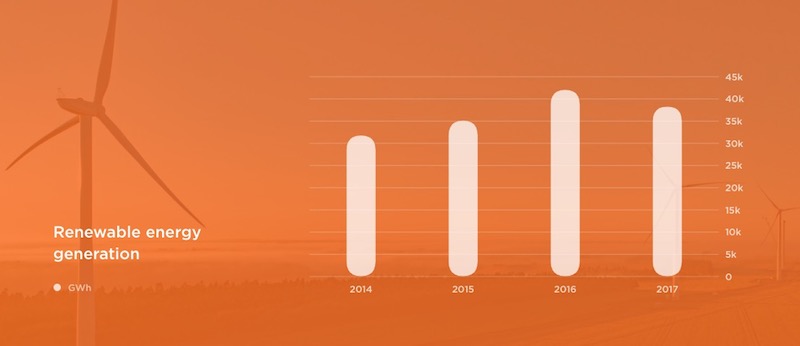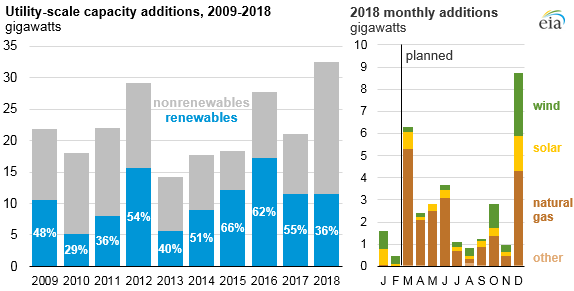This week, Australia's newest
power plant announced a partnership with Chinese company, Seraphim, on
optimizers. Here's a look at what this partnership involves and what it
may indicate for the solar industry.
The facility will employ 325W Seraphim MX Modules and utilize integrated cell string-level Maxim optimizers. This advance makes it possible to include up 1.5 times as many modules in each string, resulting in lower overall costs. The smart module also serves to:
- Minimize DC system mismatch losses
- Lower the rate of degradation
- Enhance production output by up to 5%
The Anatomy of a Solar Power Installation
Hundreds, or hundreds of thousands, of individual modules provide the generation capacity of a solar power facility, from rooftop to utility scale. Solar modules are connected in series to increase the voltage that the array will deliver, and those “strings” are connected in parallel for increased current.The effects of “hot spots” are controlled by diodes in conventional modules. Seraphim’s “smart” solution employs a voltage-limiting feature that eliminates the need for diodes and the waste of power that they can cause.
Seraphim’s cell-string level optimizer. Image source: Seraphim
The tight voltage regulation that this solution provides makes it possible to include 50% more modules in each “string,” in theory reducing costs and making this solution more suitable to “mega” projects such as utility-level power generation.
The Case of the Non-Conforming Cell: Challenges of String Modules
Solar cells do degrade over time, often due to the effects of heat, cold, water, and humidity they must endure in their outdoor environments. In addition, shade, debris, or animal intrusions can impede the sun’s impact on a given solar cell. So, as a matter of necessity, each cell cannot be counted on to deliver as much energy as its peers might.Thus, any given cell within a string may produce less current than the others. But, because the cells are connected series, the overall current delivered by the string would be limited to the current that the weakest cell produces.
Classical solutions like diodes impose a “death penalty” solution wherein a “non-conforming” cell is simply cut off and delivers nothing to total output.
An arguably better solution is to allow even non-conformers to contribute as much as they can to the cause. This is what Sepahim's MX Modules hope to achieve.
The Global Solar Landscape
Solar has been an area of both heavy investment and sometimes intense debate in countries around the world.Australian researchers have been pivotal in the development of solar technology. In 2016, the University of New South Wales and the Australian Centre for Advanced Photovoltaics announced their ability to convert unfocused sunlight into electricity at 34.5% efficiency.
Despite this, some sources indicate that the percentage of renewable energy is decreasing:

Renewable Energy generation is Australia. Image source: Clean Energy Australia Report
Compare Australia's situation to the United States, where over a third of all new electrical generation capacity is due to renewables, such as solar and wind.

New Electrical Generation Capacity in the US. Image source: U.S. Energy Information Administration
US contributions to solar efficiency has also been notable. In 2017, researchers from The George Washington University announced a 44.5% efficient solar cell design made from gallium antimonide (GaSb) substrates, vying for the most efficient cell in the world.
Of course, the big competition for both solar implementation and research has been China. According to a June report in Forbes, China represented half of the demand for solar in the world.
However, in May, China’s National Development and Reform Commission announced that they were halting subsidies for utility-scale solar projects. The effects of this announcement on solar demand and development are yet to be determined.
The role of solar is growing across all of these nations, prompting companies like Seraphim to answer the call. But it seems that policy plays a larger role in its rise to prominence than the tech sector can control.
What's your take on the solar industry? Share your thoughts in the comments below.







No comments:
Post a Comment